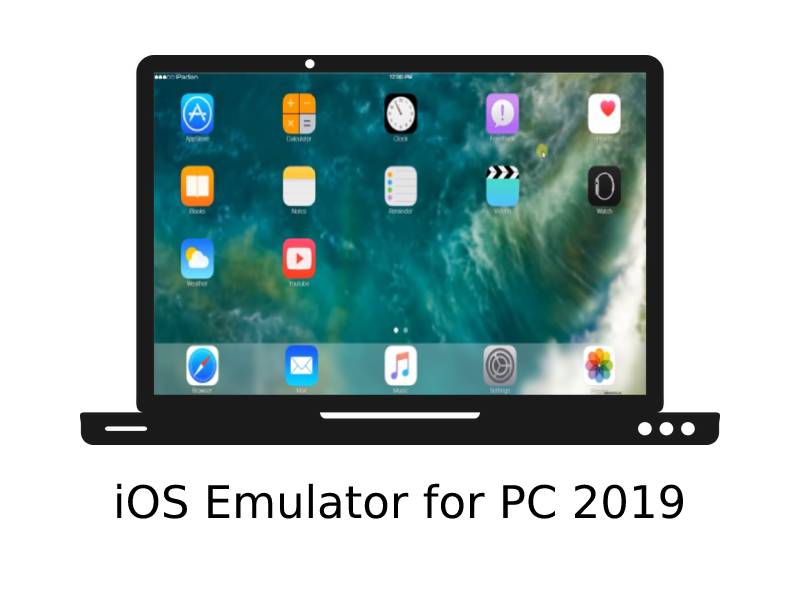

- XAMARIN DEPLOY TO IPHONE EMULATOR MAC FOR MAC
- XAMARIN DEPLOY TO IPHONE EMULATOR MAC SIMULATOR
- XAMARIN DEPLOY TO IPHONE EMULATOR MAC WINDOWS
If there really were a 'caching issue' with the Simulator it seems to me I should have problems running anything on the Mac after using the iOS Simulator from Windows, but it always works.
XAMARIN DEPLOY TO IPHONE EMULATOR MAC FOR MAC
In addition, I can leave Visual Studio for Mac running (even hidden) and test an app on the iOS Simulator from Windows, then, leaving the iOS Simulator Running on the Mac, run an App on Visual Studio for Mac.
XAMARIN DEPLOY TO IPHONE EMULATOR MAC WINDOWS
The reason I say that is I can ALWAYS see the iOS Device list from Visual Studio for Windows (as long as I can connect to the Mac). I sometimes delete the tmp*.binlog and tmp*.tmp as a last ditch effort before using the 'xcrun simctl erase all' command to try to get back to where Visual Studio for Mac will see the iOS Simulator Devices.įinally: This is really starting to feel like a bug in Visual Studio for Mac startup (or possibly during a iOS project load). The directory where they were created is the 'T' folder I'm talking about). binlog files that are written in the 'T' folder will sometimes fix the problem (if you look at an IDE log from Visual Studio for Mac right after the 'The target name of simulated device could not be added because it's already cached' message, you should see some. But occasionally I still have to clear the cache from the Terminal with 'xcrun simctl erase all' command.Īlso: I have also found (although maybe it's just my imagination) that clearing out the Visual Studio for Mac temporary.

And the Simulator starts up substantially quicker then if I did a 'xcrun simctl erase all' command from Terminal.Īddendum: Most of the time the above works. It still isn't great, but this has (so far) always worked for me. try the above steps one more time (this time you should only have to close Visual Studio for Mac followed by manually starting the Simulator, waiting for it to start, and then quitting the Simulator and finally restarting Visual Studio for Mac).



 0 kommentar(er)
0 kommentar(er)
